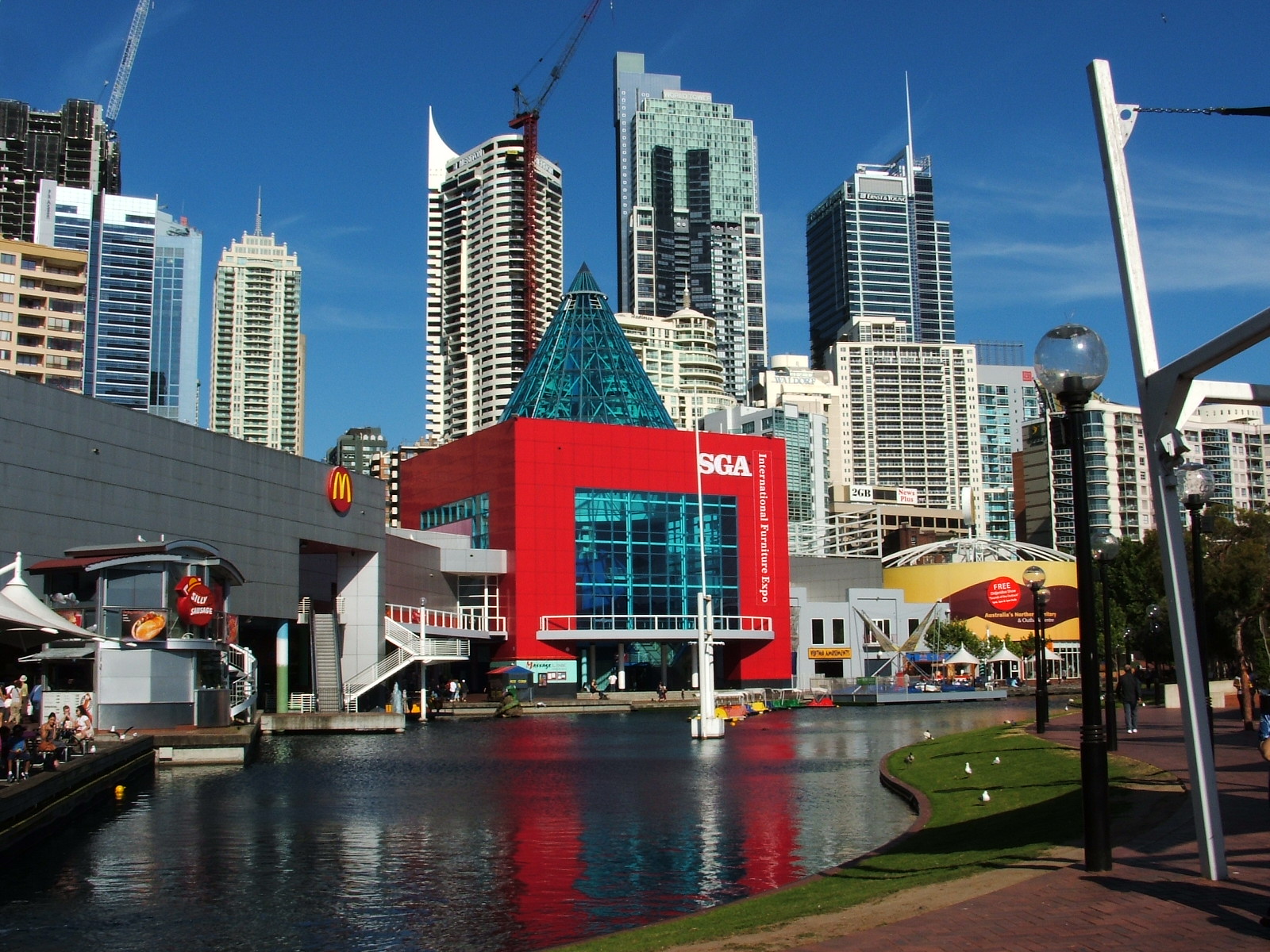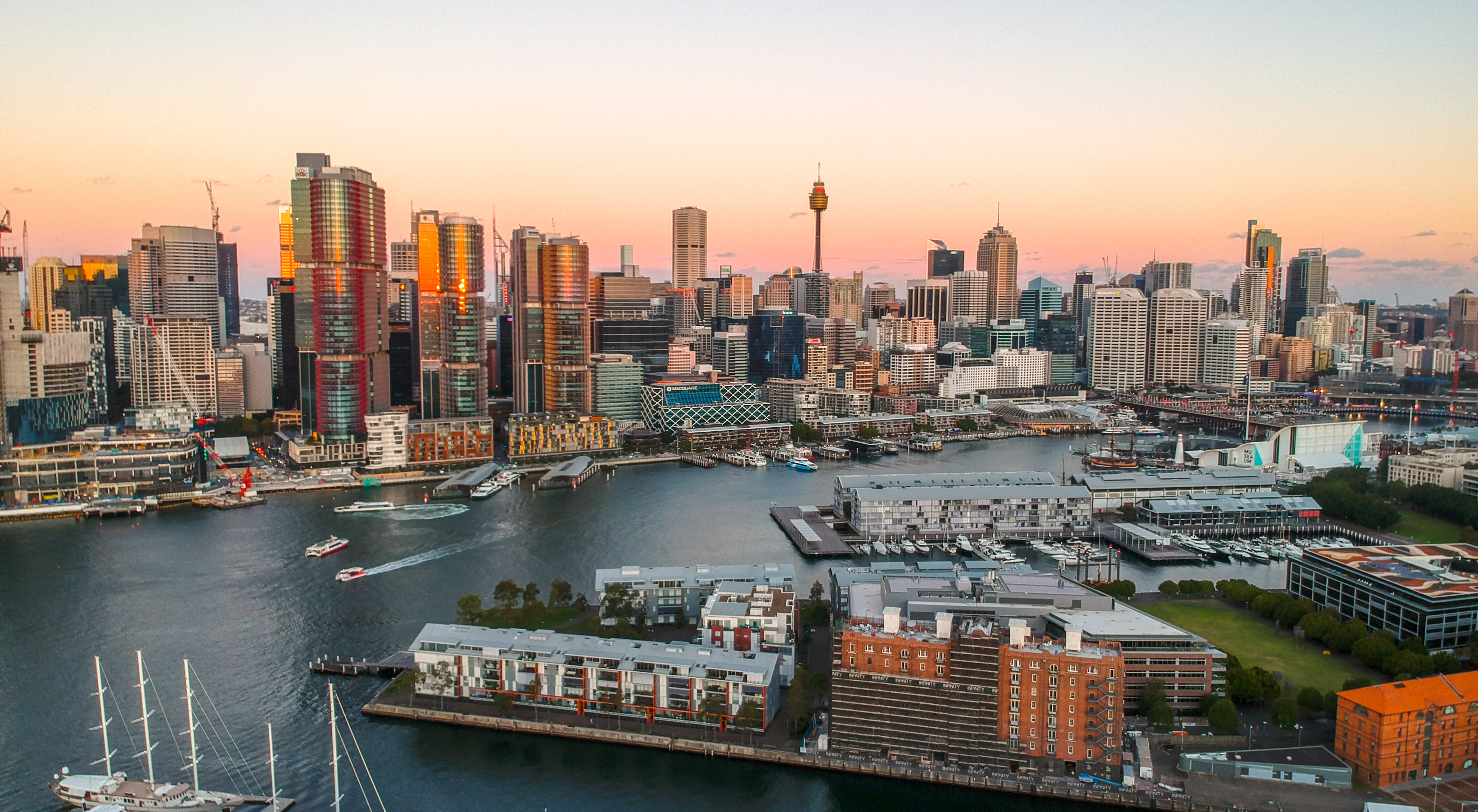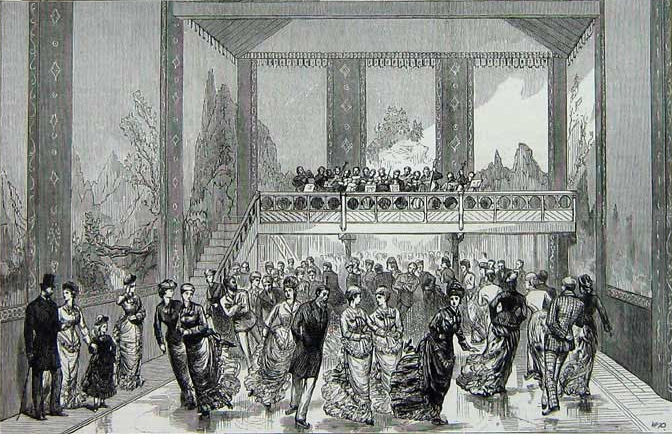|
Sega World Sydney
Sega World Sydney was an indoor high-tech amusement park that operated for almost four years, in Sydney. The theme park was built as the flagship tenant of the Darling Walk complex in Darling Harbour, and was designed and themed by gaming company Sega as one of several Sega World amusement parks. History Operating years Jacfun, in collaboration with Sega and the Darling Harbour Authority, acquired land for the park in 1994, and invested an estimated A$80 million to build Sega World Sydney, which opened in March 1997.Kidman, Angus (2001). Big dipper. ''The Bulletin'', 12 December 2001. Retrieved froGusworld Article Archive18 October 2006 Sega World Sydney utilized the latest in multimedia, entertainment and destination attraction events. It was described as "Australia's Interactive Disneyland" by the media. Many of the themes were based on various Sega franchises, primarily Sonic the Hedgehog. The park was also host for underage dance parties called ''Crush'', usually held dur ... [...More Info...] [...Related Items...] OR: [Wikipedia] [Google] [Baidu] |
Sega World
Sega World (Japanese language, Japanese: セガワールド, Hepburn romanization, Hepburn: ''Segawārudo''), sometimes stylized as SegaWorld, is a formerly international chain of amusement arcades and entertainment centers created by Sega. Though not the first venues to be developed by the company, with operations dating back to the late 1960s in Japan, it would come to involve some of their most prolific and successful examples in the 1990s and 2000s. During their peak period in the 1990s, there were at least 101 Sega World locations across the world. Off the back of the initial success of the venues, Sega were able to expand into developing the Joypolis indoor theme parks and several other amusement and entertainment center chains. However, a large majority of these were closed in the 2000s, primarily due to a worldwide decline in the amusement arcade industry rendering some centers unprofitable, an ongoing recession in Japan, and cost-cutting measures at Sega in the midst of ... [...More Info...] [...Related Items...] OR: [Wikipedia] [Google] [Baidu] |
Darling Harbour
Darling Harbour is a harbour and neighborhood adjacent to the city centre of Sydney, New South Wales, Australia, that is made up of a large recreational and pedestrian precinct that is situated on western outskirts of the Sydney central business district. Originally named Long Cove, the locality extends northwards from Chinatown, Sydney, Chinatown, along both sides of Cockle Bay, New South Wales, Cockle Bay to King Street Wharf on the east, and to the suburb of Pyrmont, New South Wales, Pyrmont on the west. Cockle Bay is just one of the waterways that makes up Darling Harbour, which opens north into the much larger Port Jackson. The precinct and its immediate surroundings are administered independently of the Local government in Australia, local government area of the City of Sydney, by Property NSW. History The original name of the land now known as Darling Harbour is Tambalong, in Dharag language. Darling Harbour is named after Ralph Darling, Lieutenant-General Ralph Darli ... [...More Info...] [...Related Items...] OR: [Wikipedia] [Google] [Baidu] |
Londonderry, New South Wales
Londonderry is a suburb of Greater Western Sydney, in the state of New South Wales, Australia. It is 60 kilometres north-west of the Sydney central business district, in the local government area of the City of Penrith. History Londonderry takes its name from the 1831 grant of to Thomas Kendall. Its post office opened on 1 February 1935, run by Robert Ernest Nutt, who also ran the attached store, and later became mayor of Castlereagh. Heritage listings Londonderry has a number of heritage-listed sites, including: * 947-953 Londonderry Road: Fossil and Petrology collections, New South Wales Population At the 2021 census, there were 4,024 people in Londonderry. * Aboriginal and Torres Strait Islander people made up 4.4% of the population. * 79.7% of people were born in Australia. The next most common country of birth was England (2.5%). * 81.9% of people spoke only English at home. Other languages spoken at home included Maltese (3.9%). * The most common responses ... [...More Info...] [...Related Items...] OR: [Wikipedia] [Google] [Baidu] |
Doctor Eggman
Doctor Ivo "Eggman" Robotnik is a Character (arts), character created by the Japanese game designer Naoto Ohshima. He is the main antagonist of Sega's ''Sonic the Hedgehog'' franchise. Eggman is a mad scientist who seeks to steal the mystical Chaos Emeralds, destroy his archenemy Sonic the Hedgehog (character), Sonic the Hedgehog, and World domination, conquer the world. Eggman and his "Badnik" brand of military robots serve as Boss (video games), bosses and enemies in the ''Sonic'' platform games. His distinctive characteristics include his red-black-yellow clothing, baldness, pince-nez sunglasses, and large Moustache, mustache. Eggman made a cameo appearance in the 1991 TeraDrive game ''Puzzle Construction'' before his full debut in the Sega Genesis game ''Sonic the Hedgehog (1991 video game), Sonic the Hedgehog'' later that year. Ohshima designed Eggman as one of several pitches for a mascot character to compete with Nintendo's Mario. Although Sonic was selected, Sonic Team tho ... [...More Info...] [...Related Items...] OR: [Wikipedia] [Google] [Baidu] |
Video Arcade
An amusement arcade, also known as a video arcade, amusements, arcade, or penny arcade (an older term), is a venue where people play arcade games, including arcade video games, pinball machines, electro-mechanical games, redemption games, merchandisers (such as claw machines), or coin-operated billiards or air hockey tables. In some countries, some types of arcades are also legally permitted to provide gambling machines such as slot machines or ''pachinko'' machines. Games are usually housed in cabinets. Video games were introduced in amusement arcades in the late 1970s and were most popular during the golden age of arcade video games, the early 1980s. History Penny arcade A penny arcade can be any type of venue for coin-operated devices, usually for entertainment. The term came into use about 1905–1910. The name derives from the penny, once a staple coin for the machines. The machines used included: * bagatelles, a game with elements of billiards and non-e ... [...More Info...] [...Related Items...] OR: [Wikipedia] [Google] [Baidu] |
Rocko
Rocko Rama is the main protagonist of the animated television series ''Rocko's Modern Life'', the Netflix special '' Rocko's Modern Life: Static Cling'', and the comic book series of the same name. Carlos Alazraqui provided the voice of Rocko. Conception and development Rocko first appeared in a never-released comic, where he is named "Travis".Character Museum . SWF '' Joe Murray Studio''. Retrieved on August 25, 2009. [...More Info...] [...Related Items...] OR: [Wikipedia] [Google] [Baidu] |
Nickelodeon (Australian And New Zealand TV Channel)
Nick or Nickelodeon is an Australian and New Zealand children's pay television channel owned by Paramount Networks UK & Australia. It is based on the namesake American television channel. Since 1 December 2010 the Australian and New Zealand versions of the subscription channel have been the same. The New Zealand-specific version of Nickelodeon ceased broadcasting the day before. The channel ceased broadcasting on Foxtel on 1 August 2023 as a result of free-to-air channel 10 Shake rebranding as "Nickelodeon". The existing pay television channel continues to broadcast through Fetch in Australia, and on Sky in New Zealand. The Fetch feed was renamed "Nick", to differentiate it from the free-to-air channel. History Nickelodeon Australia was launched on 23 October 1995, replacing the Max and ClassicMax channels, offering live action shows and cartoons. Originally the channel timeshared with Nick at Nite which began at 8 on weekdays and 10 pm on weekends, and ended at 6&nbs ... [...More Info...] [...Related Items...] OR: [Wikipedia] [Google] [Baidu] |
4-D Film
4D or 4-D primarily refers to: * 4-dimensional spacetime: three-dimensional space of length, width, and height, plus time * Four-dimensional space It may also refer to: Computers and photography * 4D (software), a complete programming environment including database and web server ** 4D SAS, developers of 4D and Wakanda ** 4D Inc, a US-based subsidiary of 4D SAS * 4D BIM, a term used in computer aided design * 4D printing * Cinema 4D, a commercial cross platform 3D graphics application * SGI IRIS 4D, a line of workstations from Silicon Graphics * 4D, a Photo print sizes#, photo print size for digital cameras Arts and entertainment * 4D (album), ''4D'' (album), a 2010 album by Matthew Shipp * 4-D (The X-Files), "4-D" (''The X-Files''), an episode of ''The X-Files'' * 4D Audio Recording system, an audio recording system developed by Deutsche Grammophon * 4D film, a high technology film experience augmented with physical or environmental effects * 4DTV, a satellite TV broadcasting t ... [...More Info...] [...Related Items...] OR: [Wikipedia] [Google] [Baidu] |
Ice Rink
An ice rink (or ice skating rink) is a frozen body of water or an artificial sheet of ice where people can ice skate or play winter sports. Ice rinks are also used for exhibitions, contests and ice shows. The growth and increasing popularity of ice skating during the 1800s marked a rise in the deliberate construction of ice rinks in numerous areas of the world. The word "rink" is a word of Scottish origin meaning "course", used to describe the ice surface used in the sport of curling, but was kept in use once the winter team sport of ice hockey became established. There are two types of ice rinks in prevalent use today: natural ice rinks, where freezing occurs from cold ambient temperatures, and artificial ice rinks (or mechanically frozen), where a coolant produces cold temperatures underneath the water body (on which the game is played), causing the water body to freeze and then stay frozen. There are also synthetic ice rinks where skating surfaces are made out of plast ... [...More Info...] [...Related Items...] OR: [Wikipedia] [Google] [Baidu] |
Bumper Cars
Bumper cars or dodgems are the generic names for a type of flat amusement ride consisting of multiple small electrically powered cars which draw power from the floor or ceiling, and which are turned on and off remotely by an operator. They are also known as bumping cars, dodging cars and dashing cars. The first patent for them was filed in 1921. Design The metal floor is usually set up as a rectangular or oval track, and graphite is sprinkled on the floor to decrease friction. A rubber bumper surrounds each vehicle, and drivers either ram or dodge each other as they travel. The controls are usually an accelerator and a steering wheel. The cars can be made to go backwards by turning the steering wheel far enough in either direction, necessary in the frequent pile-ups that occur. Power source The cars are commonly powered by one of three methods. The oldest and most common method, the overhead system (OHS), uses a conductive floor and ceiling with opposing power polarities. ... [...More Info...] [...Related Items...] OR: [Wikipedia] [Google] [Baidu] |
R360
The R360 is a motion-based arcade cabinet produced by Sega. It was first released in Japan in 1990, and internationally a year later. Being short for "Rotate 360", the R360 is noteworthy for its ability to spin 360 degrees in any direction on two metal axes, allowing the player to freely move as the cabinet mimics the in-game action, including the ability to turn completely upside down. A safety bar and four-point safety harness are utilized to keep players in the seat as the machine moves. An emergency stop button is also present both inside the machine and on the attendant tower. Designed by Sega AM2, the R360 was part of the company's movement to create attraction-like games for Japanese amusement centers. Only two compatible games were produced: ''G-LOC: Air Battle'' in 1990, and ''Wing War'' in 1994. An R360 unit demonstrating ''Rad Mobile'' was demonstrated in Japan, but was never publicly released. The cabinet was commercially unsuccessful, with only an estimated 100 units ... [...More Info...] [...Related Items...] OR: [Wikipedia] [Google] [Baidu] |
Dark Ride
A dark ride—or ghost train when horror themed—is an indoor amusement ride on which passengers aboard guided vehicles travel through specially lit scenes that typically contain Animatronics, animation, sound, music and Special effect#Live special effects, special effects. Appearing as early as the 19th century, such exhibits include tunnels of love, scary themes and interactive stories. Dark rides are intended to tell stories, with thematic elements that immerse riders, which unfold throughout the course of the attraction. Terminology In its most traditional form, the term ''dark ride'' refers to ride-through attractions with scenes that use black lights, whereby visible light is prevented from entering the space, and only show elements that fluoresce under ultraviolet light, ultraviolet radiation are seen by the riders. The size of each room containing a scene or scenes is thus concealed, and the set designer can use forced perspective, Pepper's ghost and other visual trick ... [...More Info...] [...Related Items...] OR: [Wikipedia] [Google] [Baidu] |







